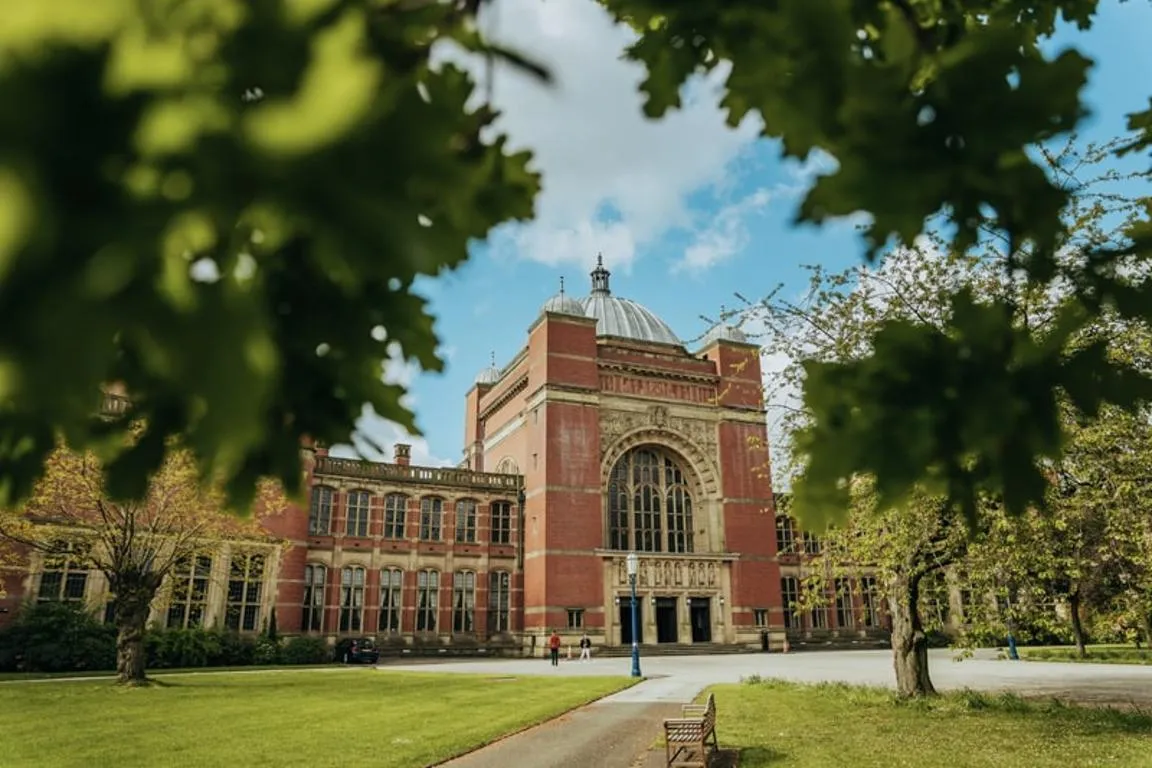The experiment interrogates The Standard Model of particle physics (SM), which fully describes high energy interactions in normal matter, as witness the discovery of the Higgs-like boson at LHC at CERN. But it doesn't explain dark matter or dark energy. Two approaches pursued in particle physics to search beyond the SM are the direct search for new particles at high energy (ATLAS and CMS experiments at LHC, for example), and the study of rare decays precisely predicted by the SM. The NA62 experiment at CERN is designed to pursue this second approach by precisely measuring the decay of a particle containing the strange quark. This particle is called the charged "kaon”: The charged Kaon can decay into a pion and two neutrinos; a process predicted by the SM to occur only once for every ten billion times that a Kaon decays. The SM decay rate has been computed with 10% relative precision.

